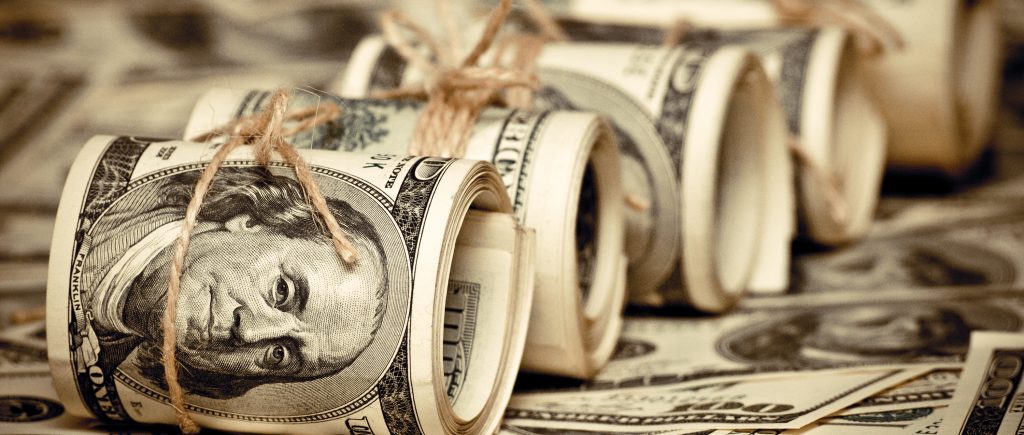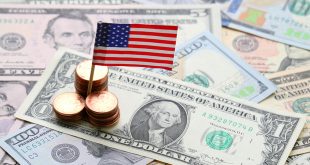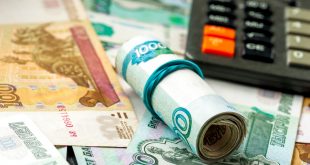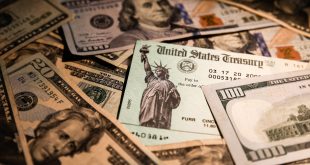The Federal Reserve is expected on Wednesday to announce that it is speeding up the end of its pandemic-era bond purchases and signal a turn to interest rate increases next year as a guard against surging inflation.
The identification of the Omicron coronavirus variant last month has added a new level of uncertainty for US central bank officials who, after steadily discounting the impact of the pandemic on the economy’s performance, must now assess how the new strain’s faster spread may influence consumers, businesses, and the path of growth and inflation.
Private forecasters polled by Reuters still expect US growth of nearly 4% next year, well above trend, and are aligned around expectations the Fed’s increased concern about inflation will cause it to pull the plug on the bond-buying program – originally set at USD 120 billion per month – in March and pencil in multiple rate increases for 2022.
The Fed will issue a new policy statement along with updated economic projections following the end of its latest two-day meeting at 2 p.m. EST (1900 GMT). Fed Chair Jerome Powell will hold a news conference half an hour later.
Despite the unknowns around Omicron, the US unemployment and inflation rates have blown past the Fed’s most recent projections, issued in September, and policymakers now have to catch up with where the economy and markets seem to be heading.
Powell’s news conference will draw particular attention for how the newly re-nominated Fed chief frames the policy decision, the risks, and the outlook for next year, and whether his tone suggests more of an elevated concern about inflation, or the potential impact of the Omicron variant.
Either way there may be substantial change in the central bank’s policy statement. Powell hinted as much in recent testimony in Congress when he said it was “time to retire” the Fed’s reference to inflation as transitory.
Instead of easing over 2021, as Fed officials expected, the pace of price increases has remained near levels not seen since the inflation scares of the late 1970s and early 1980s, and gone on long enough that it has begun to depress consumer sentiment, undermine wage increases, and draw fire from politicians in both major political parties.
It has also arguably passed the test the Fed set in September of 2020 when it promised not to raise interest rates until inflation exceeded 2% and was on track to remain above 2% “for some time.”
The personal consumption expenditures (PCE) price index, a key gauge of inflation for the Fed, rose more than 2% on a year-over-year basis in March and hit 5% in October, with no clear sign that the price-fueling mix of clogged global supply chains and strong US demand would change anytime soon.
Investors for months have expected the Fed would have to react with higher interest rates to keep prices stable, which is one of its two main objectives mandated by Congress.
Policymakers’ main tool to do that is to raise borrowing costs, which can discourage consumers from buying big-ticket items like homes and cars, and also undercut asset values – further depressing demand, and prices, through a “wealth effect.”
Investors broadly are expecting the Fed to raise its benchmark overnight interest rate, currently set at a near-zero level, by a total of 0.75 percentage points next year.
The Fed’s other mandated goal is to maintain maximum employment, and the current policy statement pledges to keep interest rates steady “until labor market conditions have reached levels consistent” with it. With an unemployment rate of 4.2%, the US economy may be close to that point.
But the pandemic’s scars run deep and have not fully healed. The number of payroll jobs is about 4 million below the pre-pandemic peak of early 2020, and health, childcare and other concerns may still be keeping people from rejoining the labor force.
While positioning the Fed to act if needed against inflation next year, Powell also may use his news conference on Wednesday to buy time for the job market and rebut the idea that the Fed is now on a firm path to rate hikes and tighter financial conditions as the Fed is clearly under pressure to respond to higher inflation.

 Noor Trends News, Technical Analysis, Educational Tools and Recommendations
Noor Trends News, Technical Analysis, Educational Tools and Recommendations




